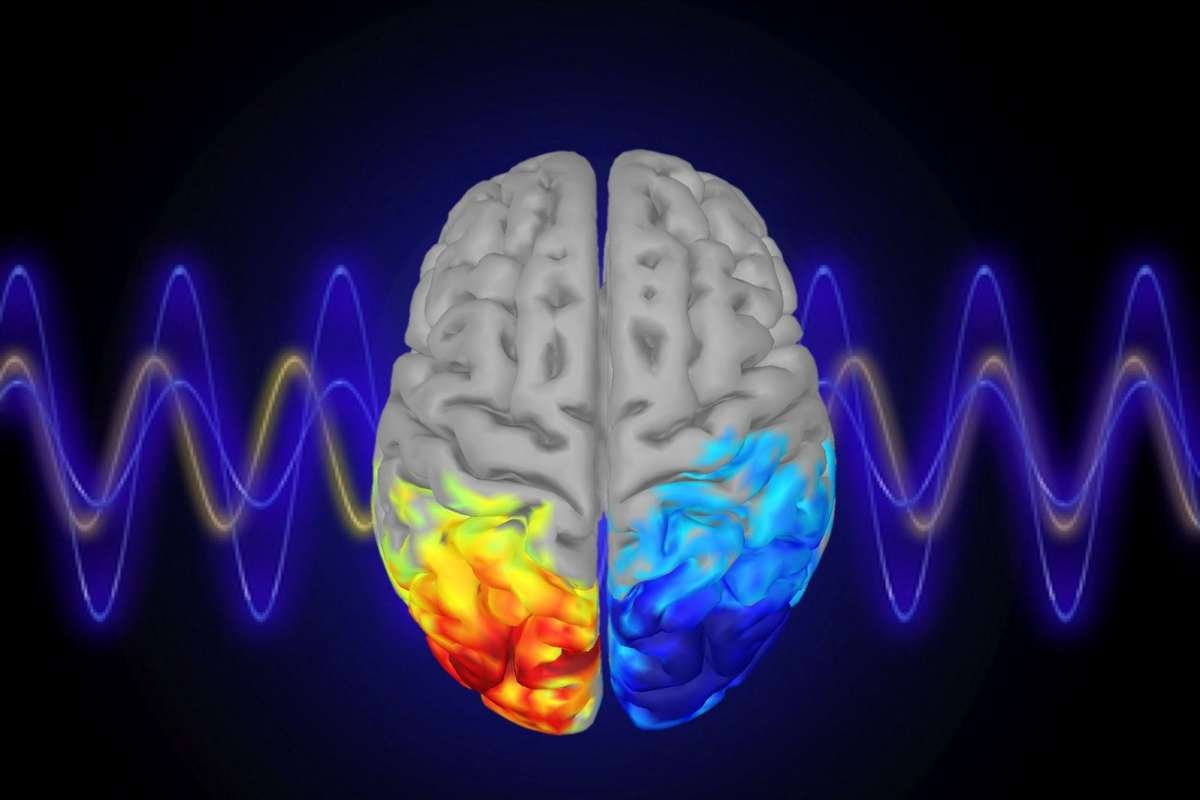The application of sophisticated analytics has become crucial in the dynamic field of healthcare for improving patient care quality, increasing operational effectiveness, and encouraging data-driven decision-making. This thorough investigation explores the revolutionary potential of healthcare analytics, elucidating its various forms—descriptive, diagnostic, predictive, and prescriptive—and their critical functions in transforming medical procedures.
Here are Utilizing 4 Kinds of Healthcare Analytics in Your Practice:
1. Descriptive Healthcare Analytics: Painting a Picture of the Past
Descriptive healthcare analytics serves as a foundational pillar, meticulously unraveling the historical tapestry of a healthcare practice. This analytical approach delves into past trends, patterns, and performance metrics, providing practitioners with profound insights into patient demographics, treatment outcomes, and overall operational efficiency. As a retrospective compass, descriptive analytics empowers healthcare providers to make informed decisions, identify areas for improvement, streamline workflows, and enhance the quality of care.

Beyond numerical data, descriptive analytics becomes a storyteller, narrating the rich history of patient care within a practice. Patient demographics reveal nuanced narratives of diverse communities served, prevalent health conditions, and evolving healthcare needs. Evaluation of treatment outcomes acts as a diagnostic tool, unveiling not just the ‘what’ of past interventions but also the ‘why’ behind their success or challenges.
Operational efficiency takes center stage, as descriptive analytics scrutinizes historical data on workflows, resource allocation, and administrative processes.
2. Diagnostic Healthcare Analytics: Unraveling the Why
Diagnostic healthcare analytics, the analytical sequel to descriptive analytics, delves into the ‘why’ behind identified trends, aiming to unearth the root causes of specific healthcare outcomes or challenges. Acting as a detective, this analytical layer goes beyond identifying patterns, seeking to understand the intricate web of factors influencing patient health, treatment efficacy, and resource allocation.
In this nuanced exploration, diagnostic analytics becomes a guiding light, offering practitioners a diagnostic lens to comprehend the intricacies of patient outcomes and operational challenges. It illuminates the variables that shape healthcare scenarios, enabling refined treatment protocols, optimal resource allocation, and proactive problem-solving.
As healthcare professionals move from identification to understanding, diagnostic analytics unravels causal relationships. Whether deciphering the success of a treatment approach or addressing operational challenges, it provides a granular understanding of the ‘why’ behind each scenario. This detailed analysis empowers practitioners to make precise interventions, fostering a culture of continuous improvement rooted in the causal intricacies of healthcare.
3. Predictive Healthcare Analytics: Anticipating Future Trends
Predictive healthcare analytics marks a leap into the future, employing statistical algorithms and machine learning to forecast forthcoming trends within medical practices. Armed with the ability to anticipate potential patient outcomes, disease prevalence, and resource needs, this analytical approach positions healthcare providers as proactive navigators of the healthcare landscape.

By meticulously analyzing historical data and identifying patterns, predictive analytics becomes a crystal ball for risk assessment. Practitioners gain the foresight needed to proactively address potential health concerns, allocate resources efficiently, and tailor personalized treatment plans. The implementation of predictive analytics not only elevates the standard of preventive care but also positions healthcare practices to anticipate and adapt to emerging trends, fostering a resilient and future-ready approach to patient care.
Predictive healthcare analytics isn’t just about prediction; it’s about empowerment.
4. Prescriptive Healthcare Analytics: Guiding Informed Decision-Making
At the pinnacle of healthcare analytics, the prescriptive layer emerges as a strategic advisor, offering actionable insights to guide decision-making with precision. Unlike predictive analytics which foretells future trends, prescriptive healthcare analytics transcends prophecy, recommending specific actions to optimize outcomes.
Empowered by advanced algorithms and artificial intelligence, prescriptive analytics serves as the linchpin in the healthcare decision-making process. It becomes the strategic compass for practitioners, offering nuanced guidance on treatment plans, resource allocation, and operational strategies. This form of analytics doesn’t merely present options; it suggests the most effective course of action based on predictive models and desired outcomes.

Prescriptive healthcare analytics transforms practitioners into architects of optimal outcomes, offering tailored recommendations that align with overarching healthcare goals. Whether refining treatment plans for individual patients or optimizing broader operational strategies, this analytical layer becomes an invaluable partner in informed decision-making.
The integration of prescriptive analytics heralds a new era in healthcare practices, where foresight meets strategic intervention. It ensures that healthcare providers not only anticipate challenges but also proactively implement interventions to achieve the best possible results. As healthcare landscapes evolve, the prescriptive layer becomes a beacon, guiding practitioners through the complex terrain with clarity and purpose.
In essence, prescriptive healthcare analytics is the culmination of analytical prowess, transforming data into actionable insights.
Conclusion:
In summary, the use of the four categories of healthcare analytics—prescriptive, predictive, diagnostic, and descriptive—marks the beginning of a revolution in medical procedures. Through the utilization of data, healthcare professionals may transcend conventional care delivery models and advance towards a future where decisions are not just well-informed but also optimally designed to achieve the greatest possible outcomes for patients.
When various analytics kinds work together, they can provide a comprehensive history of healthcare practice, identify the underlying causes of problems, forecast future patterns, and suggest specific steps for change. Healthcare analytics is still developing, but the fact that it is being included in routine procedures is evidence of the sector’s dedication to using data-driven insights to improve patient care and advance medical knowledge.






